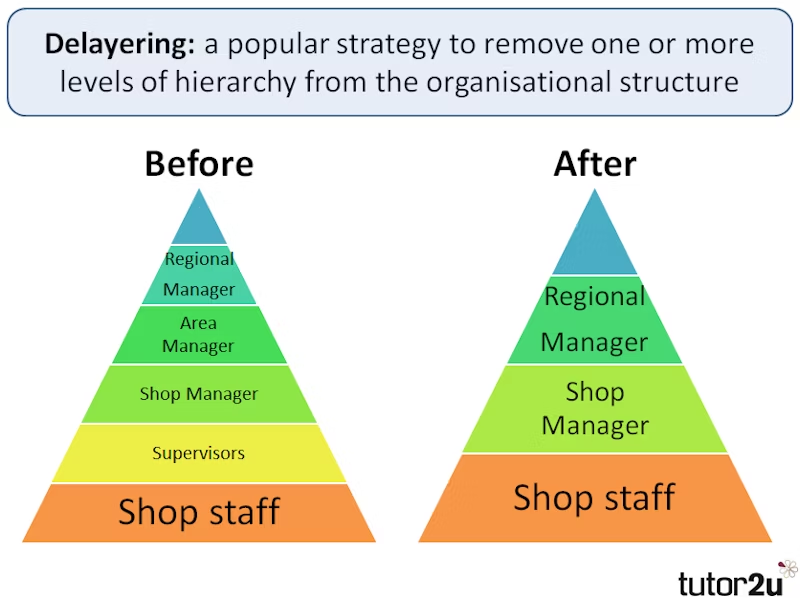The fraud triangle is a widely recognised framework in auditing that helps explain the reasons behind an individual’s decision to commit fraud. It consists of three components that contribute to the risk of fraud: opportunity, incentive, and rationalisation.
What is Fraud?
Fraud is an intentional deception carried out by an employee or organisation for personal gain. It is a deceitful activity aimed at gaining an advantage or generating illegal profit, which benefits the perpetrator and harms other parties involved. For example, an employee who pockets cash from the company’s register is committing fraud, benefiting personally at the company’s expense.
The Components of the Fraud Triangle
Opportunity
Opportunity refers to the circumstances that allow fraud to occur. It is the only component within a company’s complete control. Weak internal controls, such as poor separation of duties, lack of supervision, and inadequate documentation, provide opportunities for fraud. A poor tone at the top, where upper management and the board of directors fail to demonstrate ethical behaviour, increases susceptibility to fraud. Additionally, inadequate accounting policies can allow employees to manipulate financial records.
Incentive

Incentive, also known as pressure, is the motivation behind an employee’s decision to commit fraud. Common incentives include bonuses based on financial metrics, pressure to meet investor and analyst expectations, and personal financial needs such as paying bills or supporting a gambling addiction. These pressures can drive employees to commit fraud to achieve their objectives.
Rationalisation
Rationalisation is the justification individuals use to excuse their fraudulent behaviour. Common rationalisations include feeling wronged by the employer, observing similar behaviour by upper management, or believing there is no other solution to their problems. These justifications allow individuals to convince themselves that their actions are acceptable.
Who Commits Fraud?
Fraudsters often resemble high-performing, trusted employees. Most fraud offenders have no prior history of fraud or workplace misconduct. It is usually circumstances, not personality traits, that lead people to commit fraud. The “10-80-10 Rule” suggests that 10% of people would never commit fraud, another 10% actively seek opportunities to commit fraud, and the remaining 80% could be incentivised to commit fraud under the right circumstances.
Motivation
Most employees won’t commit fraud without a compelling reason. Motivations can include sudden changes in circumstances, a sense of being wronged, survival needs, or status pressure. Understanding your employees’ potential motivations relies on how well you know them. By demonstrating empathy and offering support, you can reduce their reasons for turning to fraud.
Opportunity
Business owners can control the opportunity for fraud by implementing standardised processes and rigorous oversight procedures. Effective security protocols, frequent testing, and real consequences for violations are essential. Ensuring that alerts are monitored and violations addressed promptly can prevent fraud from occurring.
Rationalisation
Preventing rationalisation involves promoting transparency regarding company finances. When employees understand the impact of fraud on the company’s financial health and their benefits, they are less likely to justify fraudulent behaviour. Open communication, transparency, and reinvestment of profits into the workforce can foster emotional engagement and deter fraud.
Conclusion
Employing strategies that promote fairness, transparency, and communication not only helps in preventing fraud but also creates a positive work environment. Understanding the components of the fraud triangle—opportunity, incentive, and rationalisation—can help business owners take proactive steps to protect their companies from fraud.







